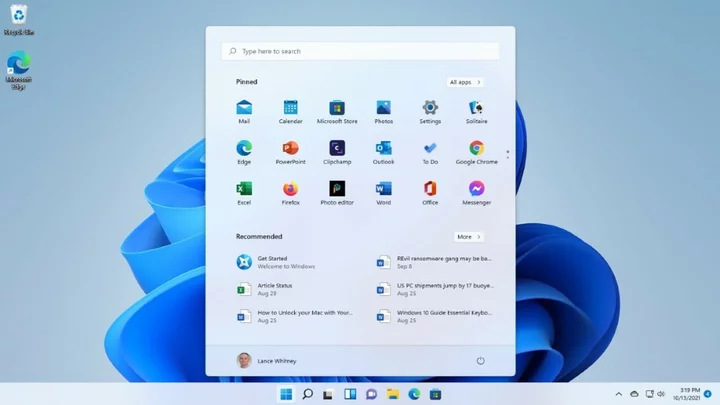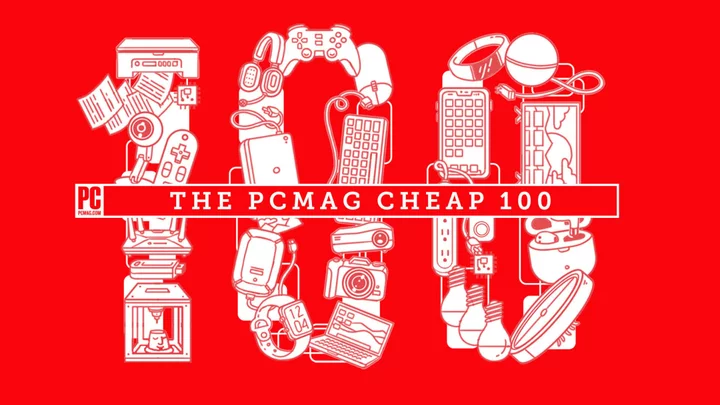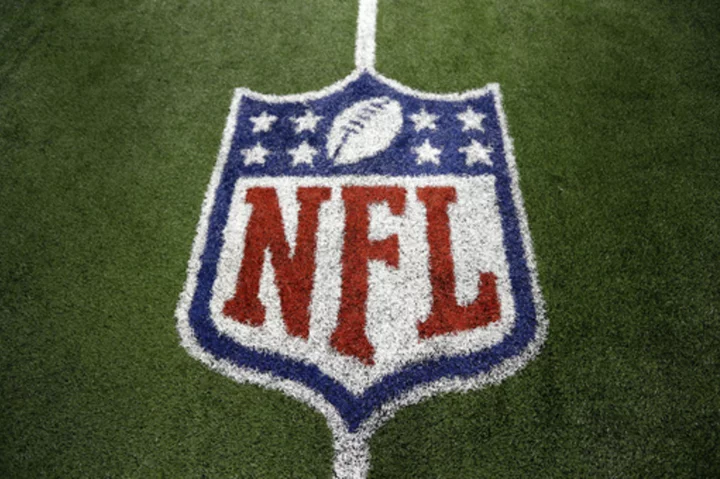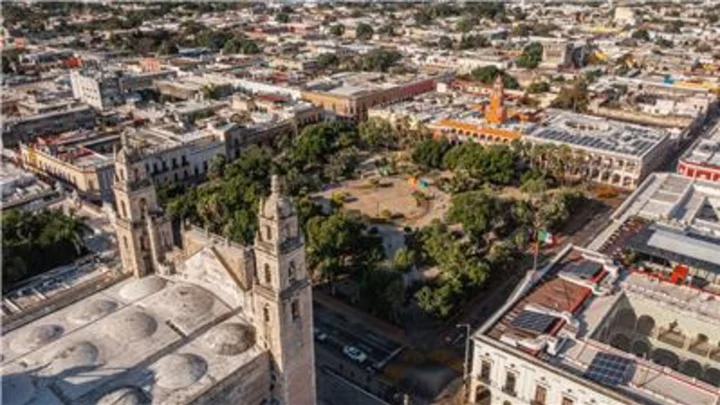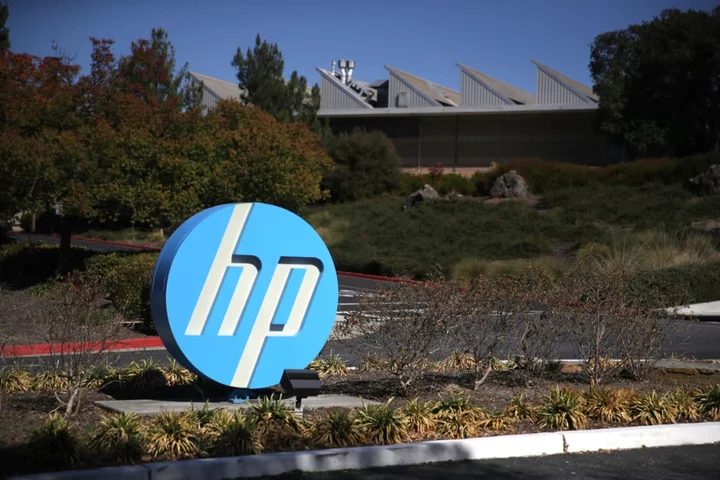The Start menu in Windows 11 has received a shaky reception. Though it probably has its fans, many people have given its interface a thumbs down. If you are one of the Start menu’s critics, you can do more than just complain about it.
The new Start menu may not be as customizable as the one in Windows 10, but there are ways to make it look and work the way you want. If that’s not enough, you may want to consider jumping ship to an alternative, like Start 11 and StartAllBack. These offer you a more traditional Start menu and let you tweak the look, layout, colors, and other elements.
Welcome to the Windows 11 Start Menu
Before we change anything, let’s go over the default Windows 11 Start menu. At the top of the menu, a search field lets you search for apps, files, and settings. The Pinned section shows apps that have been pinned; scroll up and down to see them all. To view a list of all your installed apps, click the All Apps button.
The Recommended section displays recently added and recently opened apps and files. You can click the More button to see a longer list. Below this section is your profile icon, where you can change account settings, lock the PC, or sign out. The power button on the right lets you put Windows to sleep, shut down your PC, or restart it.
Pin and Unpin Apps On the Start Menu
You can customize the Start menu by adding and removing apps. If you want to add an app that can be accessed from your Start Menu, click the All Apps button. Find the app you want to add in the list, then right-click on it and select Pin to Start.
You can also right-click on an icon that you don’t need or want to see on the Start menu and select Unpin from Start. The icon will then be removed from the Start menu but will remain in the All Apps list.
Move Icons Around the Start Menu
You can move the icons around the Start menu to better position them according to your preferences. For example, you may want to move the apps you use most frequently to the top of the menu and those you use less frequently to the bottom.
To move an app to the top, right-click on it and select Move to top. You can also drag and drop an icon to move an app to a new location on the menu.
Create Start Menu Folders
You can further organize your Start menu icons by placing them into folders. For this to work, make sure you are running Windows 11 22H2 or higher. To check, go to Settings > System > About. The section for Windows specifications will indicate the version. If you have an older version of Windows, open Settings > Windows Update to download the latest update.
To then create a folder, drag and drop one icon on top of another. The two icons are placed in the same folder with the generic name of Folder. Click the folder and then click the name field to enter a new name. You can then add others apps to the folder if you drag and drop its icon on top of the folder.
Change App Recommendations in the Start Menu
Windows 11 throws a lot of annoying recommendations your way in terms of what apps you should be using. If you feel it is out of control, you can personalize your Start menu from the Settings > Personalization > Start menu.
By default, the menu shows a balance of pinned apps and recommended apps, but you can change that. Choose More pins or More recommendations to change how the Start menu looks.
You are also able to tell Windows to stop showing recently installed apps, frequently used apps, and recently opened items in the Start menu, App List, and elsewhere. Experiment with each of these options to determine which ones to turn on and off.
If you turn off all three options, the Recommended section of the Start menu will remain empty and stay on the screen. You can also remove individual recommended apps from this section if you right-click an icon and select Remove from list.
Add Folders to the Bottom of the Start Menu
You can add or remove folders at the bottom of the Start menu next to where your user profile is situated. This will give you easy access to Settings, File Explorer, Documents, Downloads, and more right from the Start menu.
To set this up, open Settings > Personalization > Start and click the Folders option. You can then turn on the switch for any folder you wish to see next to the power icon in the menu.
Realign the Start Button
The Start button is centered on the taskbar in Windows 11, different from its usual spot in the bottom left corner in Windows 10. If you prefer the way it has always been positioned, you can move the entire taskbar to the left.
Go to Settings > Personalization > Taskbar, then select the Taskbar behaviors option. Use the Taskbar alignment dropdown menu to change the icons from Center to Left. The Start button, along with the rest of the icons on the Taskbar, will reposition to the bottom left.
If you want to further customize the Taskbar, you can read our guide for that.
Start Menu Alternative: Stardock's Start 11
If you still don’t like the Windows 11 Start menu, consider an alternative. A top choice is Stardock’s Start 11. For a free, 30-day trial, click the Try Free button. Otherwise, click Get it Now to purchase the program. Start 11 costs $5.99 ($3.99 if you want to upgrade from a previous version) and includes 30 days of direct technical support, plus unlimited access to its tech support forums.
The program’s setup screen asks if you want your taskbar left aligned or center aligned. You can then choose a style of Start menu, such as Windows 7 style, Modern style, Windows 10 style, or Windows 11 style. You can further tweak a style by clicking the down arrow next to it and selecting a compact or grid layout.
If you prefer the classic two-column Start menu, go for Windows 7 style or Modern style. Windows 10 style will mimic the OS's tile-based layout, while Windows 11 style focuses on pinned apps.
Go through the rest of the setup options to customize the Start button, taskbar, and search feature. You can set when and how the Start 11 menu appears from the Control tab. For example, you might tweak it so that clicking the Start button triggers the Start 11 menu but pressing the Windows key on your keyboard triggers the regular Windows 11 Start menu.
When finished, click the Start button to see your new Start menu. You can then right-click anywhere in the Start menu to delete, rename, or move a shortcut. You can also right-click the taskbar and select Configure Start 11 to return to the Start 11 settings menu.
Start Menu Alternative: StartAllBack
Another good Windows 11 Start menu alternative is StartAllBack, which costs $4.99 ($1.50 if you upgrade from a previous version) after a free 30-day trial. You are first asked to choose your preferred two-column Start menu setup among three options—Proper 11, Kinda 10, and Remastered 7.
To further tweak StartAllBack, use the tabs on the left to edit the Start menu, taskbar, File Explorer, and more. When done, click the Start button to use the new menu. Right-click anywhere on the menu to delete, rename, or move specific shortcuts.

